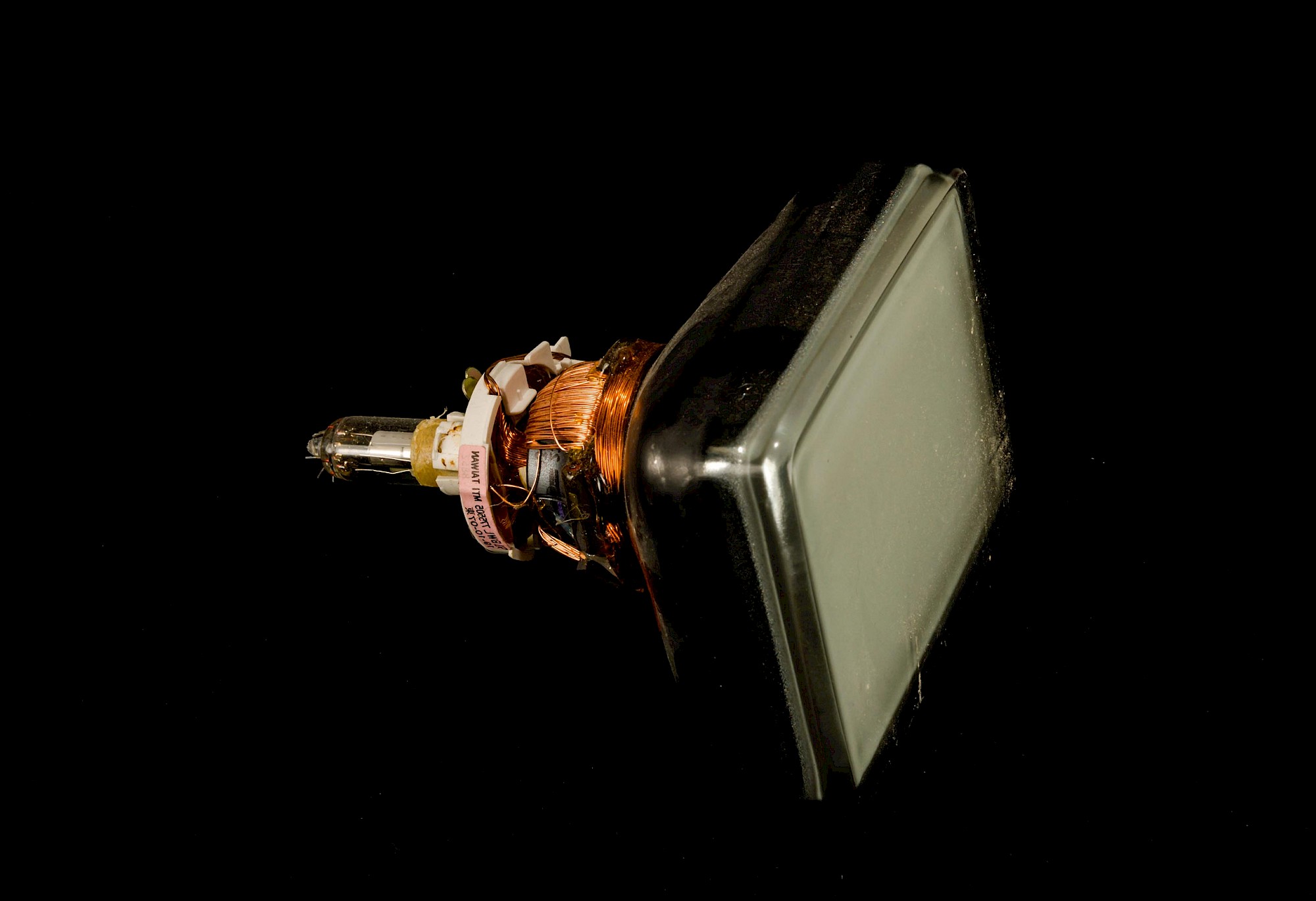A cathode ray tube (CRT) is composed of two different types of glass – one used for the funnel and neck sections and the other used for the screen.
In addition to the glass there are other materials including ferrous and non-ferrous metals and coatings as well as plastic casings.
Mixed CRT glass (funnel, neck and screen glass) contains on average 5% lead oxide, 10% barium oxide and 2% strontium oxide which means waste glass of this composition is unsuitable for applications where metal oxides could leach into food products or ground water. This was a major driver for finding ways of recycling this material.
Glass Technology Services, in this project led by ICER, designed and tested two experimental techniques for removing undesirable metal oxides from the glass:
Glass smelting: to reduce the metal oxides to metal by melting the glass with reactants such as carbon or aluminium; in this process metal oxides form into metallic spheres and fall to the bottom of the glass melt;
Electrolytic separation: applying a voltage across a molten bath of glass; in this process metal ions are expected to be attracted to the positive electrode, forming metal from the oxide.
The conclusion was that the removal of lead, barium and strontium oxide to an acceptably low level from mixed waste CRT glass was not practical under the experimental conditions investigated. Glass Technology Services felt that further work needed to be directed at seeking suitable applications either for mixed waste CRT glass or for lead oxide glass and barium oxide glass with the proviso that if that did not happen heavy metal oxide reduction should be revisited.

